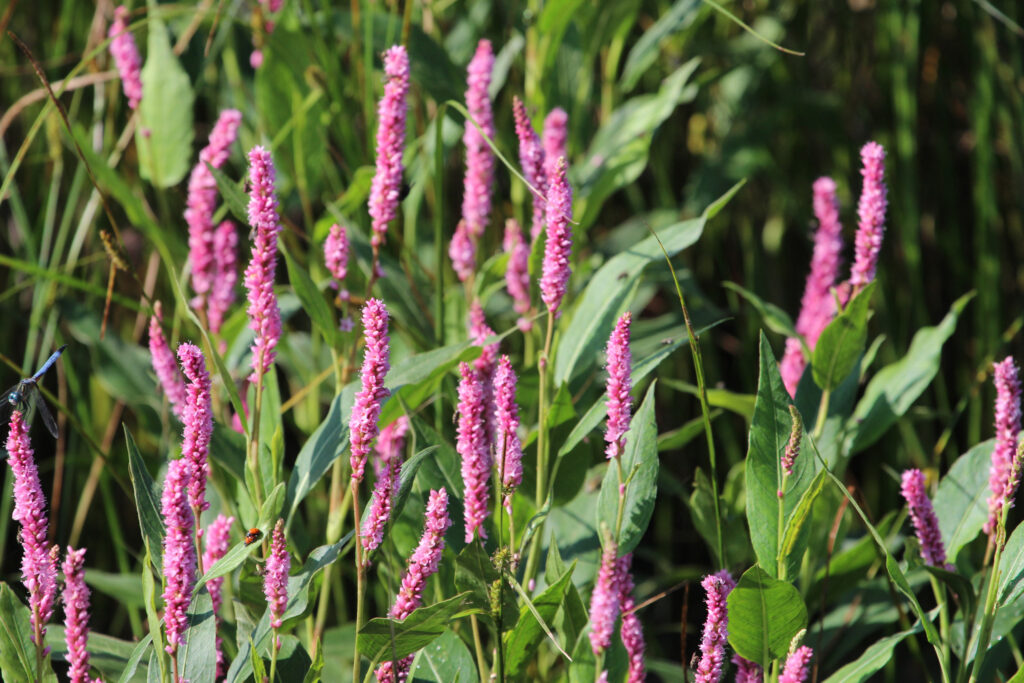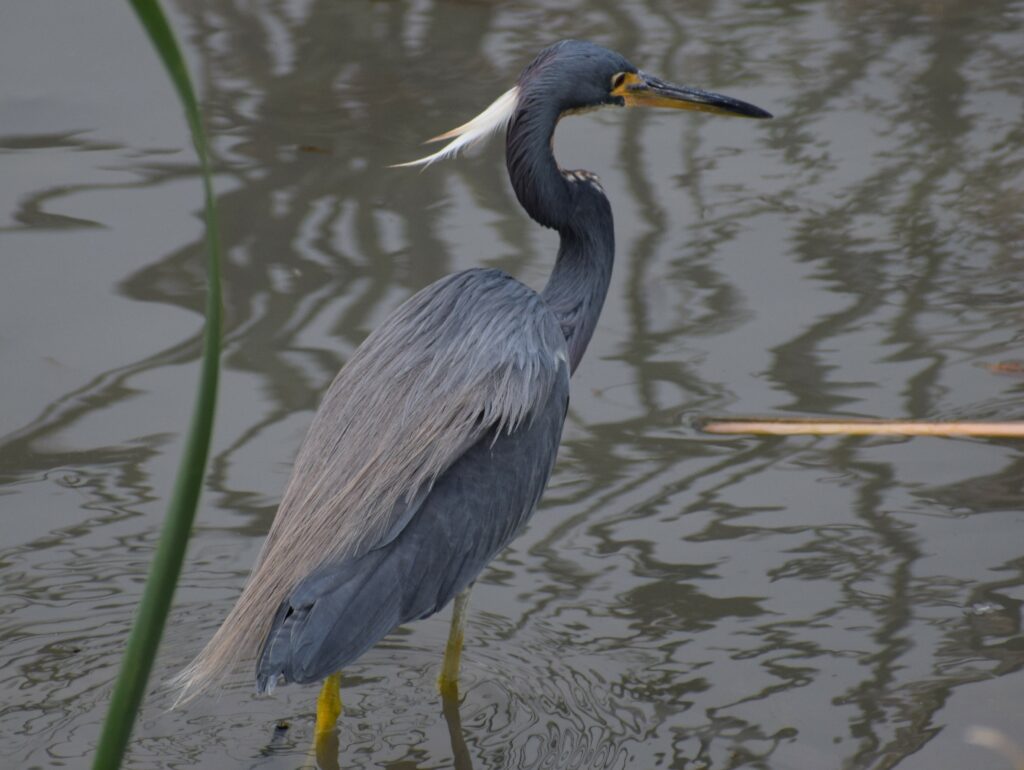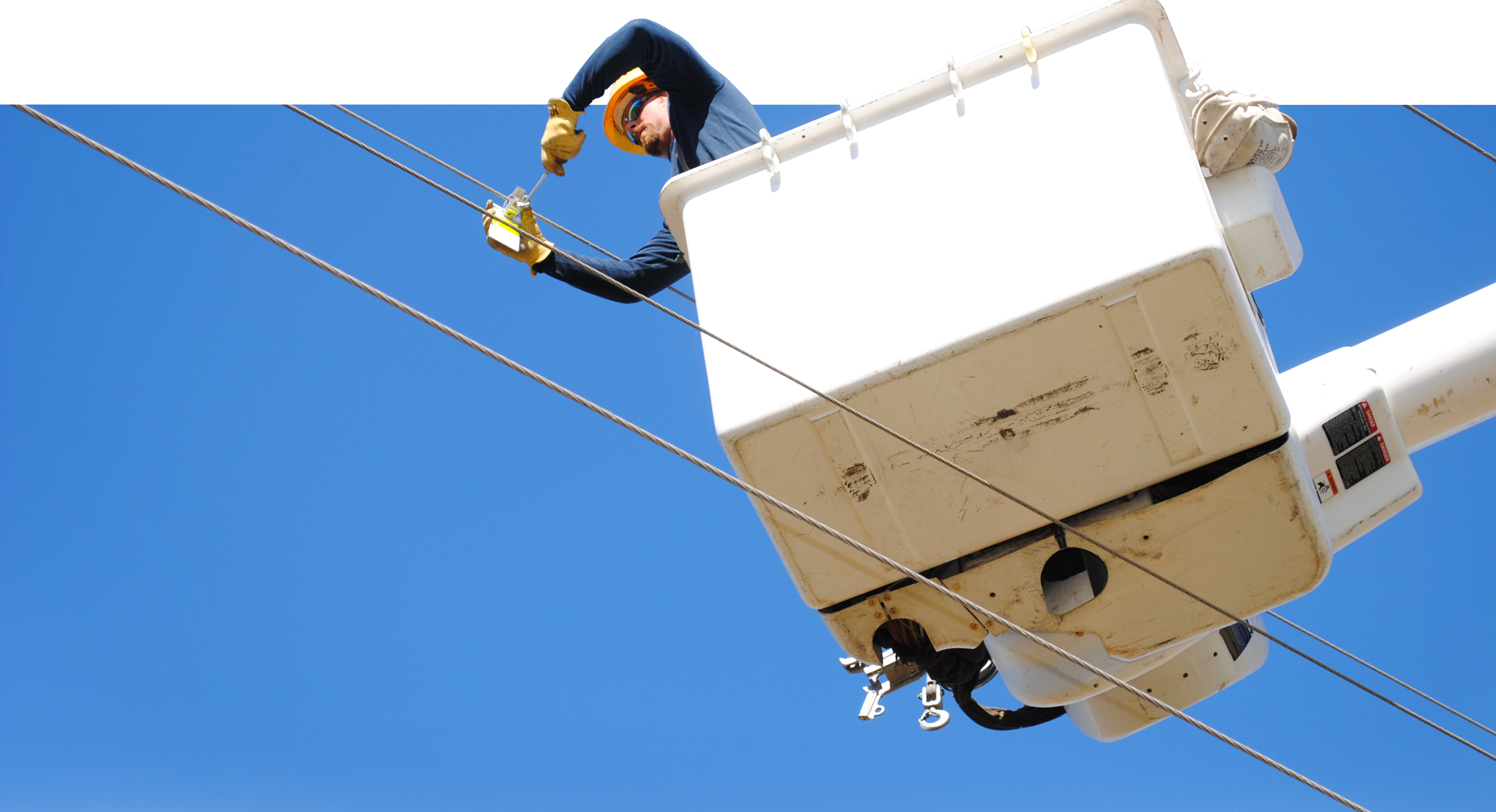Wetlands and Loup Power District have been intertwined since the first kilowatt was generated back in 1937. Over this time, there have been land use changes, droughts and floods, human pandemics, and even climate change.
Despite these challenges, Loup has continued to produce affordable, reliable, and efficient hydroelectric power while improving and maintaining natural resources and local ecosystems.

This combination is no small task. Loup received a new Federal Energy Regulatory Commission (FERC) license for the operation of the Loup River Hydroelectric Project in 2017. In its operations, Loup must comply with FERC environmental regulations as well as those from several state and federal environmental agencies, like the U.S. Army Corps of Engineers, the U.S. Fish & Wildlife Service, and the Nebraska Game and Parks Commission. Much of this regulation pertains to the maintenance and conservation of wetlands.
Wetlands are highly dynamic and productive systems that produce more plant and animal life per unit area than woodlands, prairies, or cropland. Loup operations have promoted the development of significant wetlands of various types. Because wetlands occupy a continuum between wet and dry conditions, they undergo a variety of unique changes seasonally, from year-to-year, and over longer cycles as the climate changes.
New Century Environmental (NCE) has assisted Loup with various environmental issues since 2009, including wetlands assessment, management, and regulatory compliance.
In 2018 and 2019, NCE assisted Loup with environmental permitting for its new Columbus Service Center and developed a wetland mitigation site to compensate for a wetland impacted by its construction.
“Mitigation” is the legally required construction of a new wetland (usually at a ratio of two new acres for every acre impacted) to offset wetlands lost in developments. The new wetland was developed near the Oconee siphon.

Loup has developed wetland mitigation sites in the past, but the process is much more complicated now because of there are more aspects of wetland ecology to consider than there were years ago.
The term “wetland” is very inclusive. A wetland does not always have to be wet. Wetlands are defined not only by the presence of water, but also by characteristic soils and vegetation.
Although things like lakes, ponds, rivers, and streams are widely recognized as wetlands, small areas that often look like fields or meadows can also be wetlands if they are predictably wet for as little as 21 days per year.
As a result, there is not one all-encompassing wetland type. Swamps, marshes, bogs, fens, backwater lakes and sloughs, small streams, shallow ponds, lake and river shores, wet meadows and prairies, and bottomland (riparian) hardwood areas are all considered wetlands.
Each wetland type has its own unique set of attributes and functions. The Fish and Wildlife Service has developed a technical classification system to identify and categorize the various wetland types. This system categorizes wetlands by special modifiers that describe special plants, water cycles, and soils. The highest level of classification is the wetland system, of which there are five types: marine, tidal, palustrine, lacustrine, and riverine. Of these five types, only three occur in Nebraska: palustrine, lacustrine, and riverine.
The palustrine system includes the wetland types most people think of. These are the soggy, open water transitional areas (i.e., marshes, bogs, swamps, bottomland forests, and small ponds).
Wetlands classified in the lacustrine system are more closely associated with open water areas (i.e., lakes, reservoirs, and impounded rivers). Wetlands of the riverine system are associated with free-flowing bodies of water (i.e., unimpounded rivers and streams).

By their very nature, however, wetlands are dynamic resources. The characteristics of any given wetland are constantly in flux. The biotic communities and physical qualities that classify a wetland are always changing.
For example, an area previously classified as lacustrine may fill up from the gradual increase of sediment and deposition of decaying organic material. After years of this activity, the physical changes to the ecosystem and the biotic community may cause the wetland to be more accurately classified as a palustrine marsh.
There are also many other ways wetlands undergo changes, and these changes make the monitoring and management of wetlands an involved and ongoing process.
Loup has been heavily involved in wetland conservation and management for decades. Many benefits of the Loup hydroelectric project are obvious, including recreation and irrigation. In an agri-business state like Nebraska, there is probably no more important resource than a good, dependable, and readily available supply of water.
But there are other benefits as well. The environmental richness and diversity of Loup’s associated wetlands may be overlooked at times.
The diversion of the Loup River has increased fisheries, expanded wetlands, and improved habitat for waterfowl, shorebirds and wildlife throughout the project area. This creates obvious recreational benefits, but also benefits threatened and endangered birds, such as whooping cranes, least terns, and piping plovers.

As might be expected, the canal system also provides a unique aquatic habitat for dozens of native fish species, from a variety of minnows to game fish like walleye, largemouth bass, crappie, and channel and flathead catfish.
Canal banks with overlying vegetation provide optimal forage, spawning and escape cover for a variety of fish species, especially during periods of water scarcity when many other local waterways run perilously low or dry up.
Overall, the canal and associated waterways and infrastructure provide crucial wetland habitats. Many flora and fauna depend on this habitat to live and reproduce. Studies have determined that eighty percent of American birds rely on wetlands and the benefits to a wide variety of wildlife are enormous.
Plants and animals are not the only reason for wetland preservation. Wetlands also play a key role in flood control, ground water recharge, sediment trapping, and water purification.
Some studies show that, in certain instances, wetlands can remove 70 to 90 percent of nitrate pollutants — a key function of water purification that is especially important in areas with extensive agriculture, like our area of Nebraska.
As many wetlands have been drained and destroyed over the past 100 years, the Loup Project has provided wetland stability and enhancement in our region of the state, and even though the canal is a man-made structure, it provides environmental benefits that would not otherwise exist.
Loup Power District has been reliable and an affordable electric provider for almost a century. It has done so while maintaining environmental compliance and stewardship. There is no doubt — after all this time — that Loup Power District and Nebraska wetlands are a good mix.
— by Dr. Michael P. Gutzmer, Jordan Kort, and Kurt Tooley, New Century Environmental LLC
New Century Environmental LLC, a small consulting business in Columbus, Nebraska, employs a team of environmental and ecological professionals that provides quality environmental services. The company was formed in 2007 and offers a full array of services and products to enhance environmental compliance, resource management and safety. NCE has provided environmental support for Loup during the FERC environmental study process.
MORE STORIES

